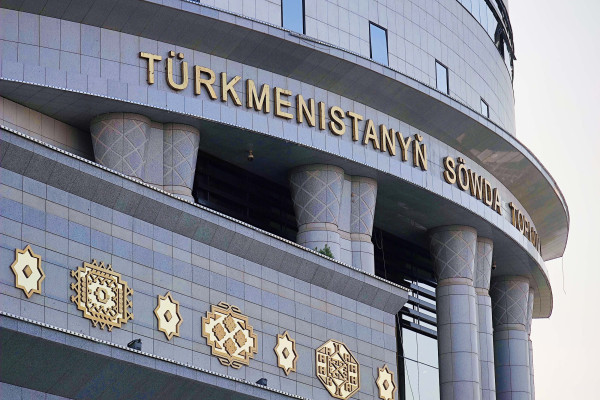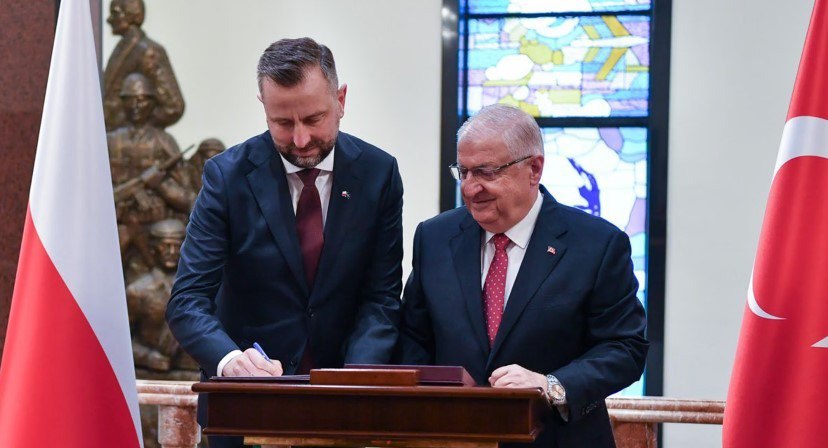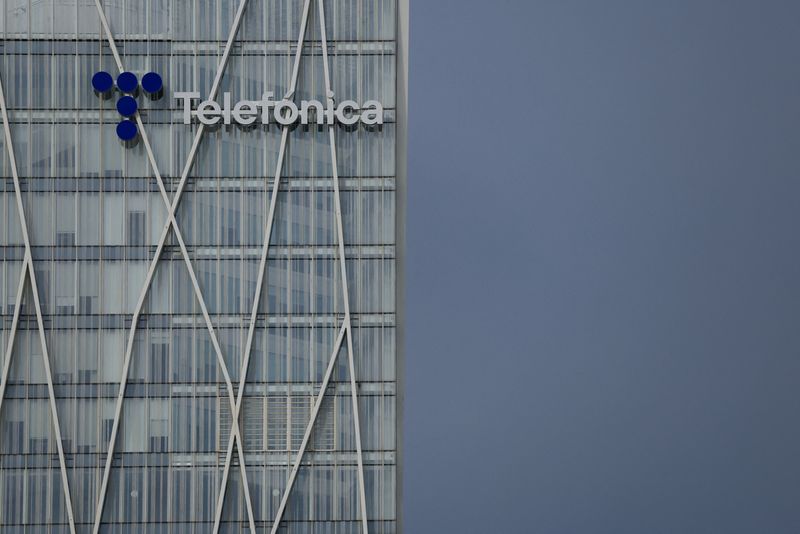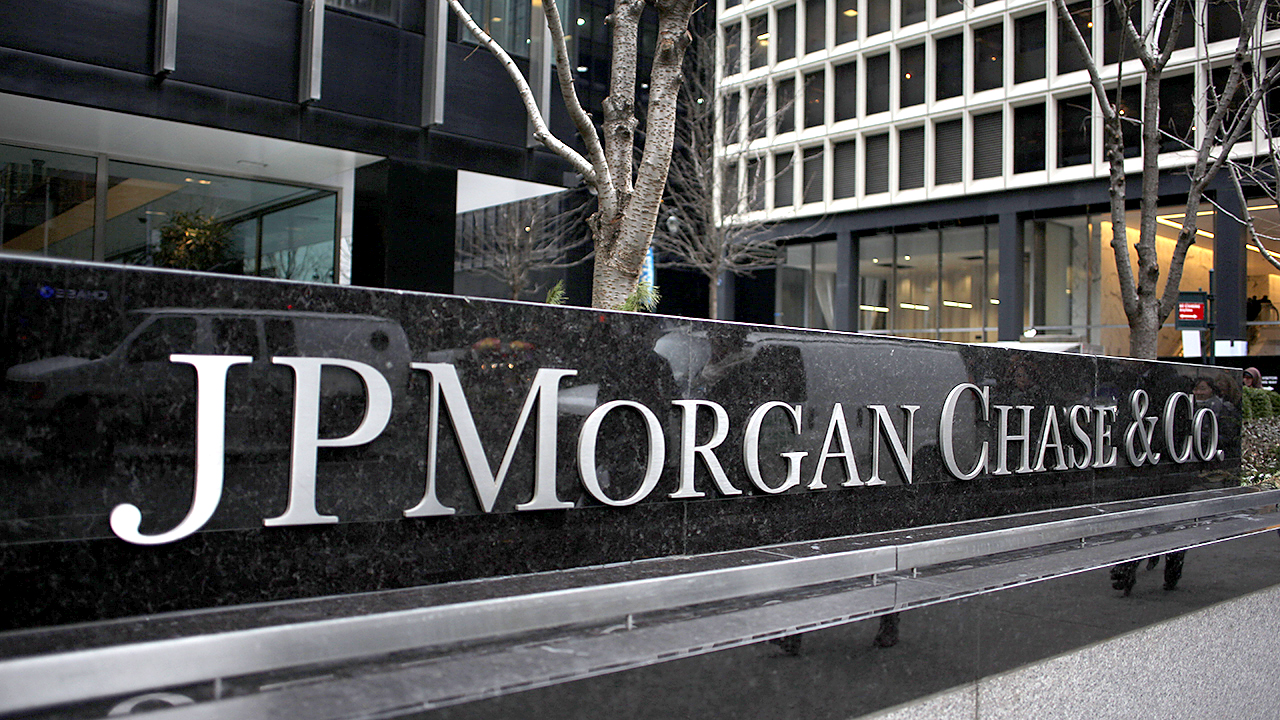The significant events in the global economy over the past week


Europe
European markets advanced on robust corporate earnings and optimism over geopolitical developments, with the STOXX Europe 600 Index rising 2.11%. Italy’s FTSE MIB surged 4.21%, Germany’s DAX climbed 3.15%, and France’s CAC 40 gained 2.61%, while the UK’s FTSE 100 posted a more modest 0.30% increase.
The Bank of England (BoE) surprised markets by cutting its key interest rate by 25 basis points to 4%, citing signs of labor market weakness. The decision was narrowly approved in a rare second-round vote, with Governor Andrew Bailey emphasizing a cautious approach to further cuts. The BoE also projected a near-term inflation rise to 4% in September, above August’s expected 3.6%, highlighting persistent price pressures well above its 2% target.
In the eurozone, retail sales data painted a resilient picture, with June figures up 0.3% month-on-month and 3.1% year-on-year — beating forecasts. Investor confidence improved in the second quarter, though August sentiment dipped slightly, reflecting skepticism over the recently announced U.S.-EU trade framework.
Germany, however, continued to face industrial headwinds. Industrial output dropped 1.9% in June, the lowest level since 2020, and orders fell for the second month in a row, primarily due to weak foreign demand. Revised data also showed that May output had declined rather than increased, raising concerns that Germany’s GDP contraction in the second quarter could be deeper than initially estimated.
United States
U.S. equity markets posted solid gains, recovering from the previous week’s decline. The Nasdaq Composite led the rally, closing at a record high, followed by the S&P 500 and the Russell 2000, while S&P MidCap 400 trailed but still ended the week in positive territory. Market sentiment was buoyed by a series of stock-specific developments, most notably Apple’s announcement of a USD 100 billion investment in U.S. manufacturing—on top of a previously pledged USD 500 billion — over the next four years. This move, reportedly exempting the company from steep semiconductor tariffs, pushed Apple shares up more than 13%, contributing significantly to broader index performance.
Trade tensions continued to influence the market, though reactions were relatively subdued compared to earlier tariff rounds. The latest wave of global tariffs took effect on Thursday, with several trading partners securing last-minute agreements. However, India faced a tariff hike to 50% due to its purchase of Russian oil, while talks with Switzerland failed, leaving tariffs at 39%.
Monetary policy speculation was another focal point, as comments from several Federal Reserve officials suggested a growing likelihood of a September rate cut. San Francisco Fed President Mary Daly noted that the central bank may need to “adjust policy in the coming months” if the labor market weakens further and inflation remains subdued. Markets tracked by the CME FedWatch tool priced in a roughly 90% probability of a rate cut. Economic data reflected slowing momentum, with ISM services PMI slipping to 50.1 in July — just above the contraction threshold — and jobless claims climbing to their highest level since late 2021.
Bond markets saw U.S. Treasuries decline as yields rose across most maturities, while municipal and investment-grade corporate bonds outperformed, supported by strong demand and favorable market conditions. High yield bonds also recovered amid an improved macro backdrop.
Asia
Asian markets closed the week higher, supported by positive earnings and improving trade prospects. In Japan, the Nikkei 225 gained 2.50% and the TOPIX rose 2.56%. Optimism followed U.S. clarification that new tariffs on Japanese exports would not stack on existing levies, and the auto tariff would be reduced from 27.5% to 15%. The yen traded in the JPY 147 range against the U.S. dollar, while the yield on 10-year Japanese government bonds eased to 1.49%.
The Bank of Japan’s policy outlook remained divided. Some board members suggested a potential policy shift by year-end if U.S. tariffs proved less damaging than expected, while others favored maintaining accommodative measures amid subdued growth and inflation. Economic data showed real wages declining for the 15th consecutive month, with June’s 1.3% drop reflecting inflation outpacing pay growth. Household spending slowed sharply, dampened by higher living costs and trade-related uncertainties.
In China, mainland markets advanced, with the CSI 300 up 1.23% and the Shanghai Composite gaining 2.11%, supported by stronger-than-expected export data. July exports rose 7.2% year-on-year to USD 322 billion, driven by increased shipments to Europe, Southeast Asia, and Australia, offsetting a steep 22% decline in U.S.-bound goods. The weaker yuan also boosted competitiveness abroad. The services sector showed resilience, with the S&P China services PMI rising to 52.6 — the strongest in 14 months — signaling improved consumer activity despite ongoing challenges in the property market.
As markets navigate shifting trade policies, evolving monetary strategies, and uneven economic data, the coming weeks will be critical in determining whether recent gains can translate into sustained momentum across global equities.
The post The significant events in the global economy over the past week appeared first on European Business & Finance Magazine.














































